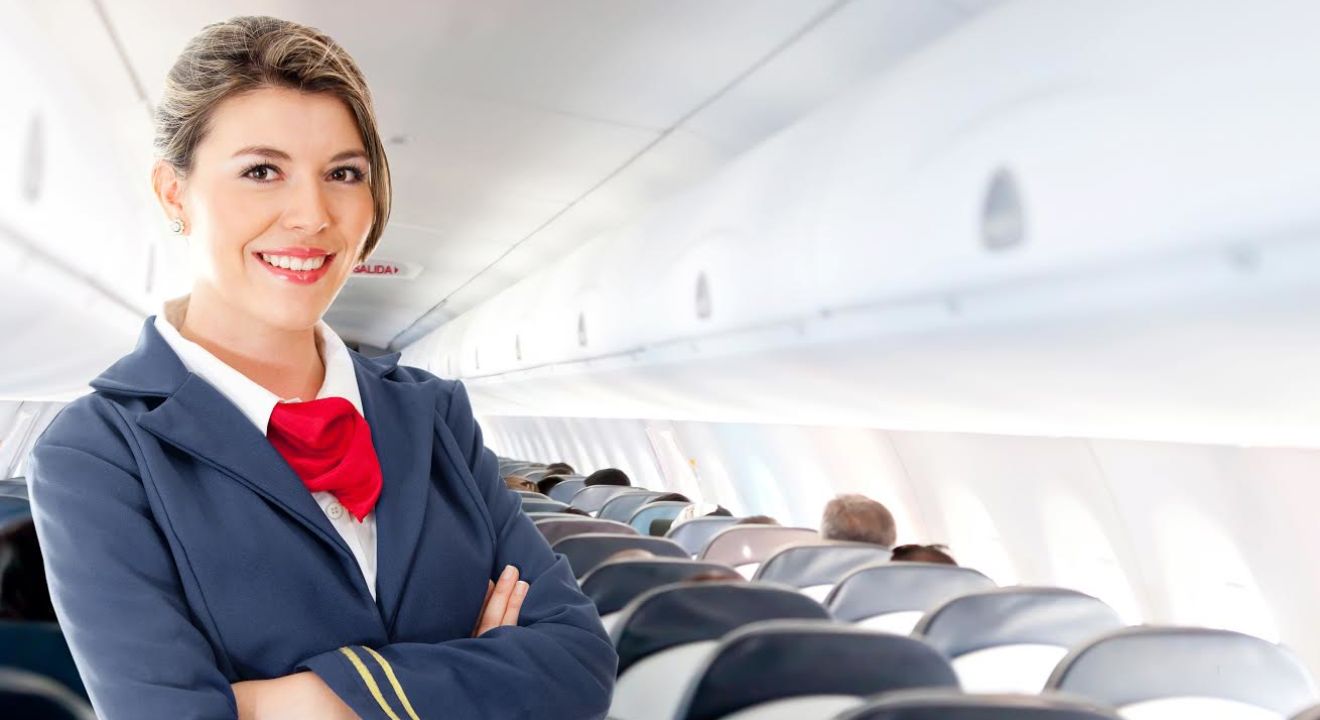Inspiration December 24, 2016


Bright smiles. Welcoming voices. Endless charm. Aside from the pencil skirt and blazer uniform, this is probably the image you have when you think about flight attendants. If not, perhaps you think about the Southwest flight attendant’s (Marty Cobb) viral video where she added her own “teenie weenie, yellow Southwest bikini” flair to the usual, boring safety instructions. Regardless of which image pops into your head, flight attendants have always carried this reputation of pleasant attitudes, exceptional service and endearing hospitality.
Did they always have this type of expectation? Read on to learn four surprising facts about how the roles of flight attendants have changed over the decades.
The customer-centric service dates back to the early 1920s when passenger air travel began, but at the time it was a man’s job. Flight attendants were previously known as “couriers.” These couriers got the job because they were the sons of the businessmen who financed the airlines. But when the stock market crashed in the 1920s, couriers were fired, thus leaving the responsibility of meeting passenger needs to the copilot.
By the 1930s, passenger air travel improved and Western Air became the first to hire stewards. These men were then responsible for assisting passengers aboard the aircraft, helping load their baggage and serving refreshments.
Later that decade, United Airlines hired Ellen Church, becoming the first company to hire women. In fact, Church was the one who urged airline companies to require that flight attendants were registered nurses. This move was meant to help passengers feel safer while flying thousands of miles above the ground in an aircraft. Because of this requirement, stewardesses were responsible for not only assisting passengers throughout the flight, but also for attending to those who became airsick.
Eventually, the position became limited to specific types of women. At this point, only single women of “proper” weight and height were considered for the position. In the 1930s, the heaviest weight that women were allowed to get was a whopping 118 pounds. Women were also expected to be around five foot to five foot four inches tall and between 20-26 years old.
According The Travel Academy, the New York Times once ran an ad that listed the requirements as “a single woman, high school graduate, 20 years of age … and should weigh between 105-135 pounds in proportion to her height.” Because of such stringent requirements, many stewardesses were young and beautiful.
In time, though, flight attendants won the right to put on some pounds, get pregnant and even have the Y chromosome. The Civil Rights Act of 1964 reopened the role to men and paved way for more changes. For example, flight attendants were no longer expected to work long hours with little compensation. And although there are still height and weight restrictions today, the restrictions are now due to safety reasons. Acceptable heights and weights for flight attendants now range from four foot 11 inches to six foot one inch with weights proportional to their heights.
The definition of a flight attendant has evolved throughout the years, but has always been centered on passenger needs. The position started off as a man’s role, changed to a nurse’s job and then became restricted to tall, slender women. Now the job requirements are more inclusive and less focused on physical attributes, but flight attendants still carry the role helping to make passengers more comfortable.
In fact, in Marty Cobb’s interview with Ellen DeGeneres, she explains how “it’s just so much more fun to make people laugh and let them relax. [She knows] how stressful flying can be. And in [her] little tube in the sky, [she] can make a difference in some people’s lives.”